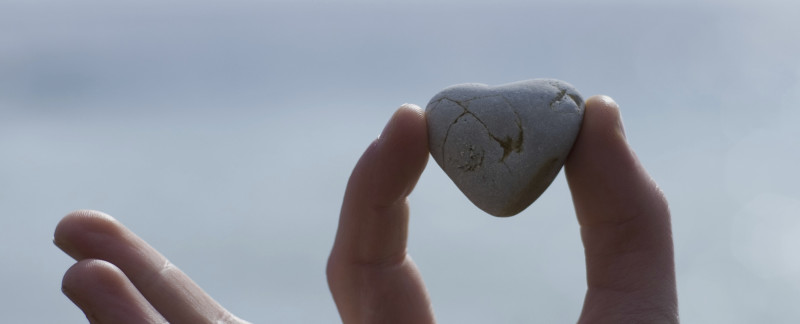It seems mindfulness has become the tour de jour in 2015. It is everywhere. Parade Magazine called mindfulness meditation the number one health booster, the hottest well-being trend of our time. It is now used by the U.S. military to prepare soldiers for war and treat them for PTSD when they get back. Companies like Google are using mindfulness to enable employees to work harder for longer hours. A recent headline I found in Forbes magazine sums up the whole trend:
“Overworked and Overwhelmed? Use These Mindfulness Secrets to Restore Balance In 2015.”
The article opens with the following words, “Stress and burnout are all-too-frequent for executives…. But feeling overworked and overwhelmed not only reduces engagement and productivity, it also erodes happiness and personal health. What to do? Mindfulness is the answer.
Some of the benefits of mindfulness touted in the article include such attributes as flow, completely absorbed in work, elevated, a little bit of swagger, transparency, a sense of humor, calm, clear, confident, intentional, and laser-like focus.
There’s nothing wrong with any of this, of course, but from a Buddhist perspective the purpose of mindfulness goes much deeper. Most of the techniques used under the rubric of mindfulness in the popular culture focus on the peace that comes from a concentrated and calm mind, which can bring a lot of relief from the stress we face in our everyday world. But calming, concentrated meditation alone will not necessarily bring us wisdom, promote ethical behavior and ultimately lead to liberation from suffering. While concentration is a cornerstone of mindfulness practice, it can also be used in the service of the ego, for achievement and competition, to dominate others and to be selfish. It will not necessarily give us a perspective on ourselves, our suffering and the suffering we may cause others.
If we simply focus on entering calm peaceful states and staying there, we don’t gain any insights into who we are and all the neurotic stories and lies we can tell ourselves that fosters the illusion of a separate permanent self. In essence, by simply making the mind calm, without paying attention, we miss everything about us that makes us human.
Pema Chödrön puts it this way, “The most fundamental aggression to ourselves, the most fundamental harm we can do to ourselves, is to remain ignorant by not having the courage and the respect to look at ourselves honestly and gently.”
Vipassana (Insight) meditation is really a balancing act between mindfulness and concentration. Mindfulness grows by using the lens of a concentrated mind to look at whatever is passing without judgment, realizing and accepting what is the truth and then letting go. Bhante Gunaratana writes, “Mindfulness is cultivated by a gentle effort. Persistence and a light touch of the senses. It is cultivated by constantly pulling ourselves back to a state of awareness, gently, gently, gently, over and over again.”
Mindfulness leads to wisdom, not by trying to achieve anything, but by simply investigating how things really are for us in the present moment. It does not involve trying to analyze, blame, or fix anything. Instead, we face our thoughts, emotions and body sensations with a kind and detached discernment. Investigating this “self” that continues to arise and pass away in all its many forms. As Gil Fronsdal writes, “We learn to live with openness and trust rather than with a self-image and all the self-criticism, aversion and pride that can come with it. In mindfulness practice, none of our humanity is denied. We are discovering a way to be present to everything – our full humanity – so everything becomes a gate to freedom, to compassion and to ourselves.


